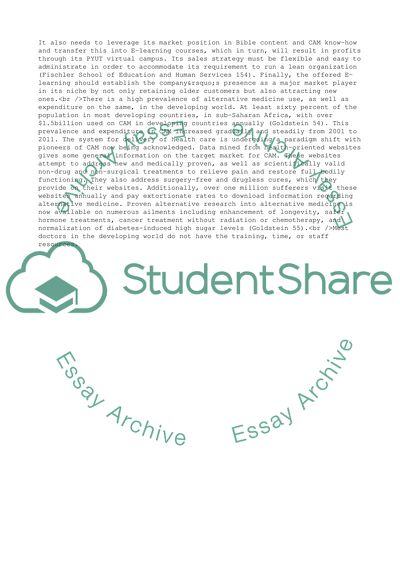Cite this document
(Distance Education Company Business Plan Example | Topics and Well Written Essays - 1500 words, n.d.)
Distance Education Company Business Plan Example | Topics and Well Written Essays - 1500 words. https://studentshare.org/business/1790992-international-business-plan-for-a-distance-education-company
Distance Education Company Business Plan Example | Topics and Well Written Essays - 1500 words. https://studentshare.org/business/1790992-international-business-plan-for-a-distance-education-company
(Distance Education Company Business Plan Example | Topics and Well Written Essays - 1500 Words)
Distance Education Company Business Plan Example | Topics and Well Written Essays - 1500 Words. https://studentshare.org/business/1790992-international-business-plan-for-a-distance-education-company.
Distance Education Company Business Plan Example | Topics and Well Written Essays - 1500 Words. https://studentshare.org/business/1790992-international-business-plan-for-a-distance-education-company.
“Distance Education Company Business Plan Example | Topics and Well Written Essays - 1500 Words”. https://studentshare.org/business/1790992-international-business-plan-for-a-distance-education-company.


